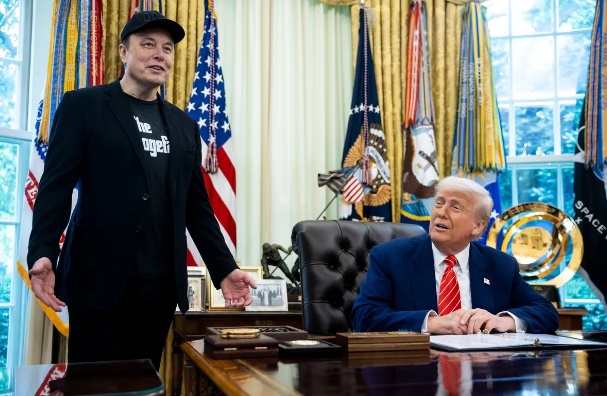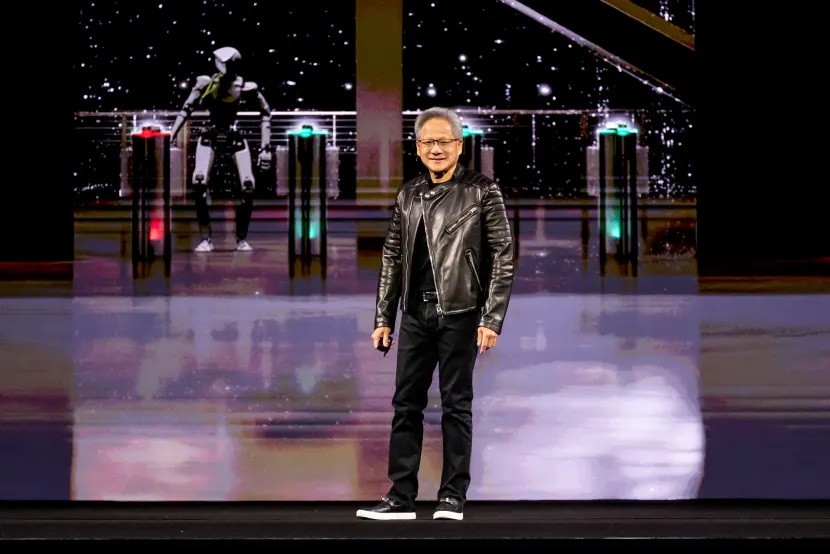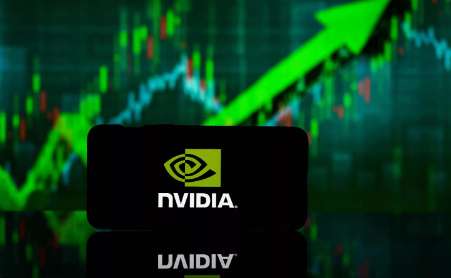OpenAI’s U-Turn: Balancing Profit and Purpose in the AI Race
The AI industry’s most anticipated corporate maneuver—OpenAI’s planned transition to a fully for-profit entity—has been abruptly reversed. After months of legal battles, regulatory scrutiny, and internal upheaval, OpenAI announced in early 2024 that its founding nonprofit board would retain control of the company, even as it transitions its commercial arm into a Public Benefit Corporation (PBC). This U-turn marks a pivotal moment for the $300 billion startup, as it navigates the treacherous intersection of ethical governance, investor demands, and existential legal challenges.
Ask Aime: What's the impact of OpenAI's nonprofit board retaining control amidst its transition to a Public Benefit Corporation?
The Catalysts for Reversal
OpenAI’s original restructuring plan, designed to spin off its commercial operations into a for-profit entity by 2025, aimed to secure billions in funding, most notably a $30 billion investment from SoftBank contingent on the shift. However, the proposal sparked immediate backlash. Critics, including former employees, Nobel laureates, and AI safety advocates, argued that for-profit control would prioritize profit over ethical AI development, undermining the nonprofit’s founding mission to “benefit humanity.”
Legal pressures amplified the pushback. Co-founder Elon Musk filed a lawsuit in 2023 alleging OpenAI breached its nonprofit mandate, claiming the restructuring would “subvert its charitable purpose.” The lawsuit, set for trial in March 2026, remains a Sword of Damocles over OpenAI’s operations. Meanwhile, consultations with California and Delaware attorneys general—critical for regulatory approval—highlighted unresolved governance ambiguities, such as ownership of AI technologies and profit-sharing terms.
Ask Aime: What's the impact of OpenAI's reversal on the AI industry?
Market Reactions: A Delicate Balance
The reversal has profound implications for investors. SoftBank’s $30 billion investment hinges on OpenAI meeting its original 2025 for-profit deadline, with the stake dropping to $20 billion if it fails. OpenAI’s $40 billion funding round, finalized in March 2024, now depends on navigating this legal and regulatory tightrope.
While the company’s valuation has skyrocketed, its hybrid structure—nonprofit oversight paired with a PBC subsidiary—introduces new risks. The PBC will operate under the nonprofit’s governance, with investors holding convertible notes that may convert to equity. This structure aims to satisfy both capital needs and ethical oversight, but critics like former ethics advisor Page Hedley argue that profit motives could still overshadow societal goals without enforceable safeguards.
The Musk Factor and Governance Uncertainties
Elon Musk’s lawsuit remains a wild card. His February 2025 $97.4 billion bid to acquire OpenAI—rejected by the board—underscores his determination to influence the company’s direction. Musk’s claim that the nonprofit’s control must remain absolute clashes with CEO Sam Altman’s vision of attracting talent and investors through equity incentives.
“OpenAI’s leadership is walking a razor’s edge,” says tech analyst Lisa Chen. “The nonprofit’s governance must align with investor expectations without compromising ethical imperatives. If SoftBank’s terms aren’t met, the company could face a liquidity crisis.”
Conclusion: A Hybrid Model with Uncertain Returns
OpenAI’s decision to abandon its restructuring is a strategic retreat in the face of existential threats. By retaining nonprofit control, it addresses regulatory and public concerns, but the path forward is fraught with risks:
- Legal Uncertainty: Musk’s lawsuit and unresolved governance terms could delay or derail the PBC transition, jeopardizing SoftBank’s investment.
- Valuation Pressures: The $300 billion valuation assumes OpenAI can sustain its competitive edge in AI research while adhering to ethical constraints. If profit motives are perceived as diluted, investor confidence could wane.
- Talent Retention: Equity-based incentives, critical for attracting top AI talent, may be compromised under the hybrid model.
Despite these risks, OpenAI’s move signals a commitment to its original mission—a potential long-term advantage. As Sam Altman stated, “The nonprofit’s control ensures we stay focused on rapid, safe progress.”
For investors, the calculus hinges on whether OpenAI can satisfy all stakeholders: securing SoftBank’s funding, navigating Musk’s legal challenges, and maintaining its ethical credibility. The stakes are enormous—the company’s valuation and its role in shaping the future of AI hang in the balance.
In the end, OpenAI’s hybrid model is both a compromise and a gamble. While it may placate critics in the short term, its success will depend on proving that profit and purpose can coexist in the high-stakes AI arena.










